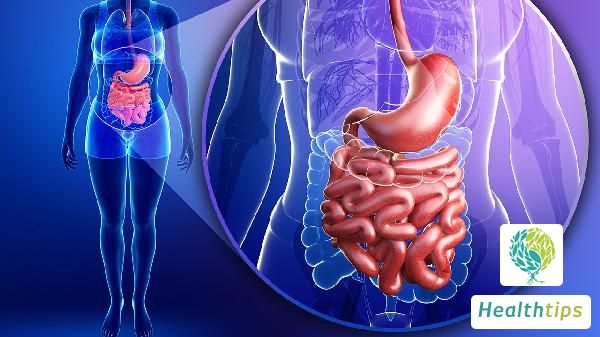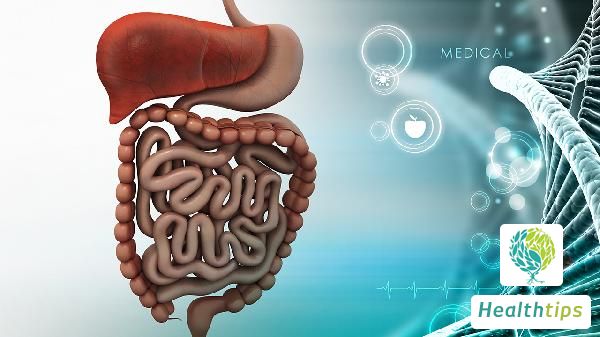What is Carcinoma Scirrhosus?

Sclerosing carcinoma is a type of breast ductal carcinoma. It is called sclerosing carcinoma because this type of cancer contains a large amount of fibrous connective tissue and has a hard texture. The name sclerosing carcinoma has now been discarded and replaced with lobular carcinoma of the breast. The treatment of sclerosing carcinoma is generally the same as that of other cancers, mainly through surgical resection, combined with radiotherapy, chemotherapy, or immunotherapy, biological therapy, etc. Early symptoms of lobular carcinoma of the breast:
1. Breast mass
Lobular carcinoma of the breast can lead to the appearance of breast masses in its early stage. A bean-sized mass can be felt in the breast, which is hard and movable. Early lobular carcinoma of the breast generally has no obvious pain, and a few have paroxysmal dull pain, blunt pain, or stabbing pain. Although some early lobular carcinoma patients cannot touch a clear mass in the breast, they often have a local sense of discomfort, especially postmenopausal women, who sometimes feel mild pain and discomfort in one breast or heaviness, soreness, and discomfort in one shoulder and back, even affecting the upper arm on that side.
2. Changes in breast shape
Changes in breast shape are a common symptom of early lobular carcinoma of the breast, mainly due to the protrusion of the skin at the mass in the breast, with some local skin appearing as orange peel-like, and even edema, discoloration, eczema-like changes, etc. A few patients with lobular carcinoma of the breast may also experience asymmetry of both breasts.
3. Retraction of the nipple
Retraction of the nipple is also one of the symptoms of lobular carcinoma of the breast, mainly nipple retraction near the central nipple. There is a slight depression in the skin of the breast, nipple erosion, nipple asymmetry, or thickening and coarsening of the skin of the breast, with enlarged pores.



















